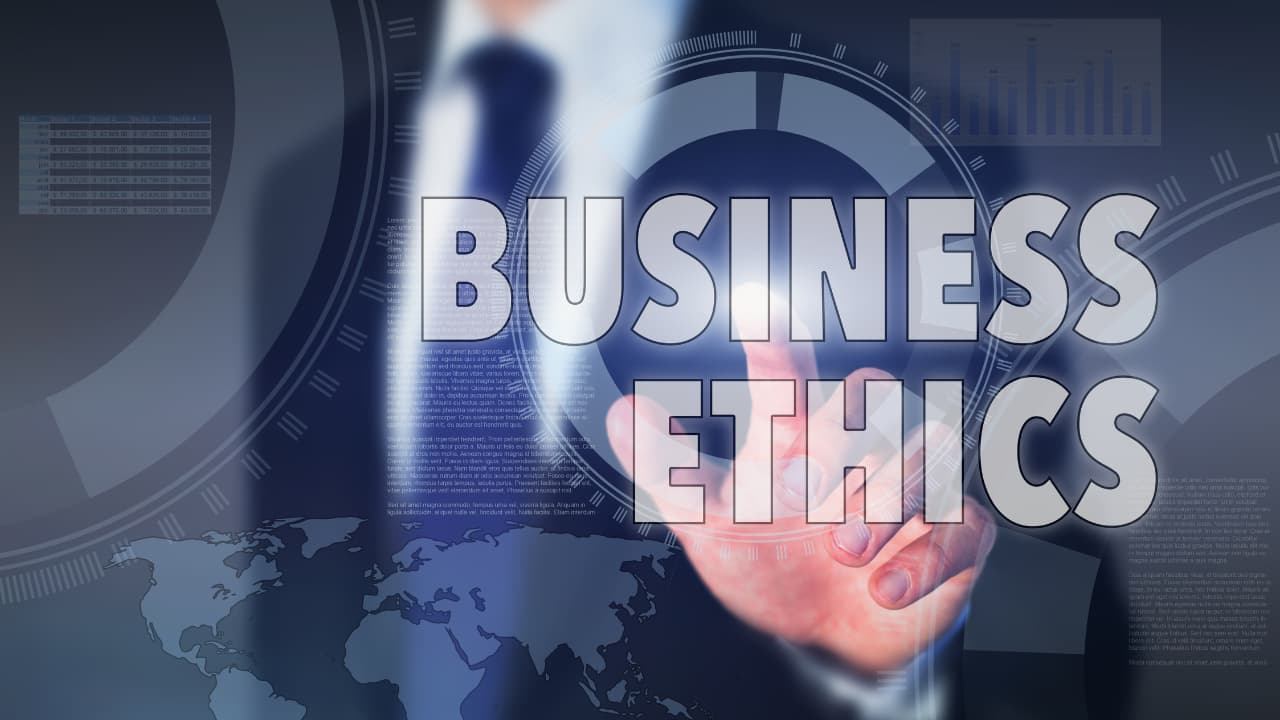Introduction:
In the ever-evolving world of business, entrepreneurs quickly realize that human beings are not perfectly rational decision-makers. Emotions and various cognitive biases often influence judgment, affecting decisions in every sphere. These spheres include selling to potential customers, negotiating contracts with new stakeholders, and managing subordinate team members.
Understanding why and how people make decisions is a potent tool. This knowledge empowers salespeople and marketers to craft their offer and messaging in ways that can guide potential customers towards the most important decision in business – to purchase.
Prospect Theory, a fundamental principle proposed by behavioral economists Amos Tversky and Daniel Kahneman in 1979, is an invaluable instrument for comprehending decision-making. The theory suggests that the potential of experiencing a loss impacts people more significantly than securing an equivalent gain. This behavioral trait is commonly known as ‘loss aversion.’
Over time, Prospect Theory has firmly established itself as a fundamental model for deciphering decision-making mechanisms in the realms of economics and finance. It shines a light on why people often make decisions that might seem suboptimal, driven by their inherent aversion to risk.
The development of Prospect Theory was based on a series of lottery tests, providing compelling empirical evidence for its concepts. The theory emphasizes that ‘loss aversion’ (a phenomenon where people typically feel the potential loss of something more acutely than gaining something of the same value) is common. Moreover, individuals have a tendency to overvalue the chance of infrequent events while undervaluing the occurrence of commonplace ones.
How Prospect Theory Influences Marketing and Sales
1. Framing Effects:

Framing, a crucial concept of Prospect Theory, illustrates how people react differently depending on how information is presented. For instance, framing a product as ‘95% fat-free’ instead of ‘contains 5% fat’ resonates more positively with consumers as it emphasizes gain over loss. A thoughtful framing strategy can significantly improve the effectiveness of your marketing campaigns.
2. Endowment Effect:

The endowment effect demonstrates that people often value items they own more than identical ones they don’t. Marketers can use this bias in strategies such as offering free trials or samples. When customers feel ownership, they’re more likely to make a purchase to avoid the perceived loss when the trial or sample ends.
3. Anchoring and Adjustment:

Anchoring refers to the human tendency to rely heavily on the first piece of information they receive when making decisions. This concept is often used in pricing strategies, where showing the ‘original’ price next to a ‘sale’ price makes customers perceive greater value.
4. The Certainty Effect:

People tend to overestimate outcomes that they perceive as certain, a phenomenon known as the Certainty Effect. Marketers often leverage this by creating a sense of urgency through limited-time offers or exclusive deals, heightening the perceived ‘loss’ if someone doesn’t take the deal.
Conclusion
In essence, Prospect Theory and the cognitive biases it reveals offer a psychological blueprint for marketers. Messaging and offers can align with insights from various effects, influencing decision-making. This alignment can boost customer engagement and conversion.
In today’s dynamic marketing landscape, understanding cognitive biases is crucial. This understanding can give businesses a competitive edge, boosting sales and loyalty. Visit for more updates Ultimate Business Blog







